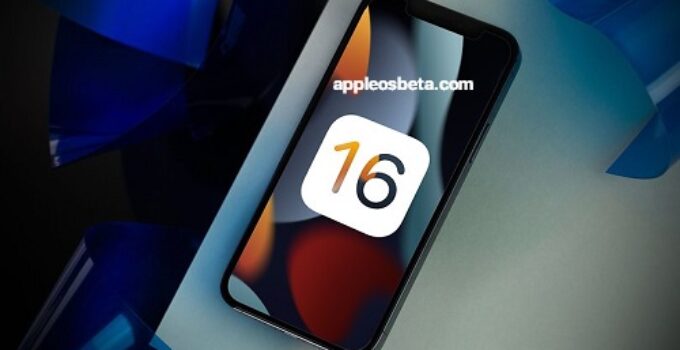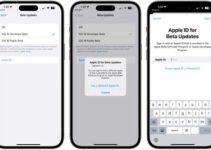In iOS 16, you can remove security updates that are automatically installed on iPhone. Apple allowed iPhone owners with iOS 16 to remove security updates that are installed on smartphones automatically.
iOS 16, how to enable keyboard haptic feedback?
Apple has updated a support document to confirm that you can now manually remove security patches that fix critical vulnerabilities. These updates are automatically installed on your device.
Go to the Settings app > General > About this device, select iOS version, and then tap Remove security update. If the last option is not displayed for you, then the device does not have recently installed security patches. You can also reinstall removed updates later.
If the patch is part of a major iOS update, you won’t be able to uninstall it.
iOS 16, iPadOS 16, and macOS Ventura introduced a feature that allows Apple to release security updates and patches separately from major system updates. It was created in order to release patches as quickly as possible, without waiting for the completion of new features and improvements in the main system update.
In addition, Apple may release security updates for older versions of the system. For example, along with the iOS 16 update, iOS 15.7 was released with bug fixes.
These updates will be installed automatically if you go to Settings > General > Software Update > Auto Update and turn on Threat Responses and System Files. If you disable this option, then you can install security updates through the “Software Update” section. Some updates require a device restart to fully install. In addition, some files will be installed automatically anyway, even if the option is disabled. Which ones – Apple does not specify.
The feature is also available in iPadOS 16 with macOS Ventura, but these updates will not be released until October.
By separating security patches from regular iOS updates, Apple will be able to fix vulnerabilities much faster. Once the issue is resolved, the company will be able to release an update with a patch. Previously, you had to wait for a full-fledged iOS update, putting users at risk.



